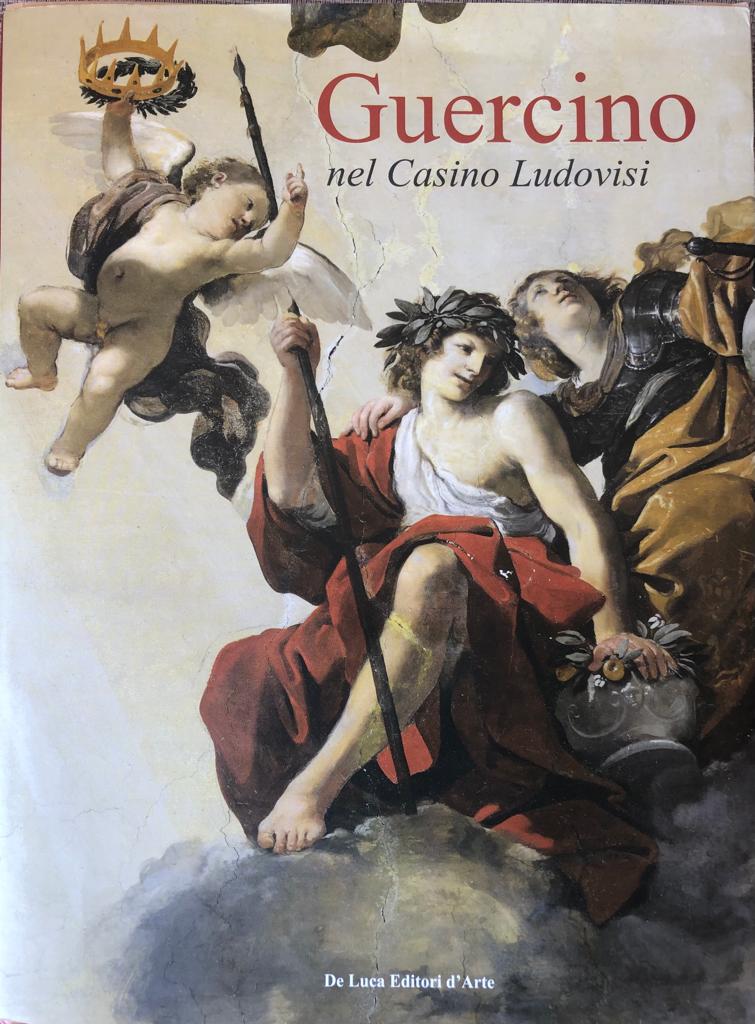Descrizione
Storia dell’arte n. 157 – Nuova Serie | 2022
Numero dedicato a “Guercino nel Casino Ludovisi 1621 – 1623” a cura di Daniele Benati, Barbara Ghelfi, Raffaella Morselli
Non disponibile al download
Patrizia Cavazzini
Agostino Tassi tra il carcere e la committenza Ludovisi
Between 1610 and 1625 Agostino Tassi was the most prolific and inventive painter of illusionistic architecture in Rome. From the very beginning of his Roman stay in 1610, his career was intertwined with major and minor crimes that resulted in his incarceration or exile. His ability to create fictive spaces, unique in Rome at that time, protected him from the worst consequences of his actions, as patron after patron intervened to mitigate his punishment. From 1619 to the end of the Ludovisi pontificate in 1623, Tassi spent months in prison and was sentenced to house arrests in palazzo Patrizi Costaguti. His collaboration with Guercino happened in the midst of assassination attempts, assaults and aggression; nonetheless the two painters truly collaborated in the creation of dynamic and inventive decorative schemes. The fortune of the genre quickly declined when Guercino returned to Cento. His place was briefly taken by Lanfranco, but soon Tassi’s arthritis prevented him from painting such complex decorations.
